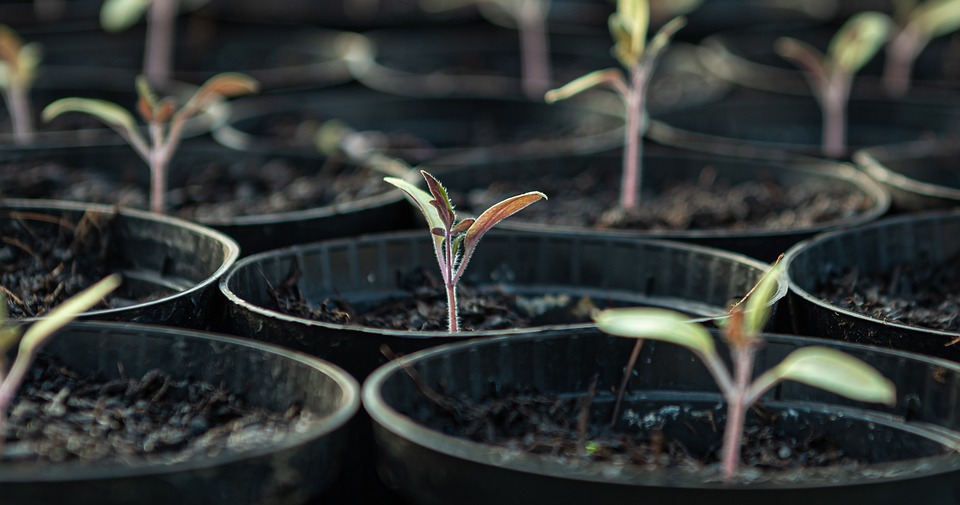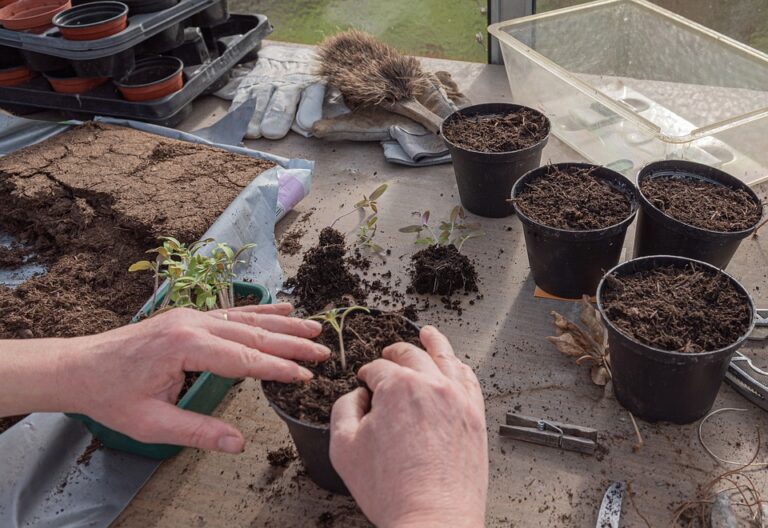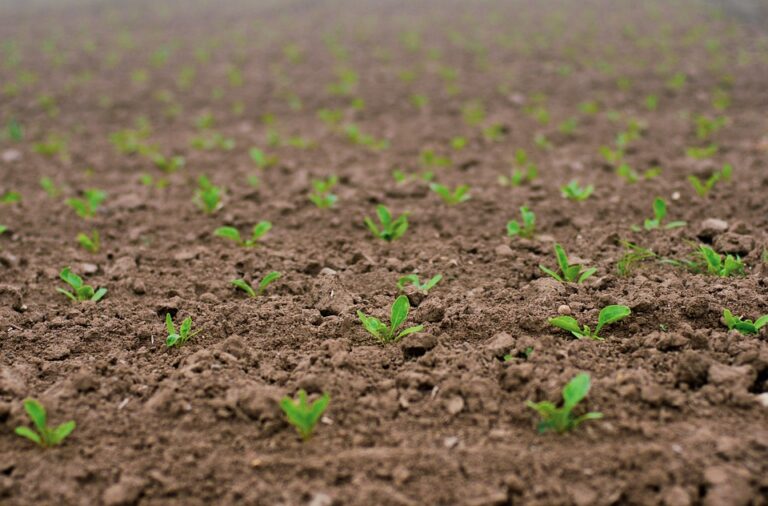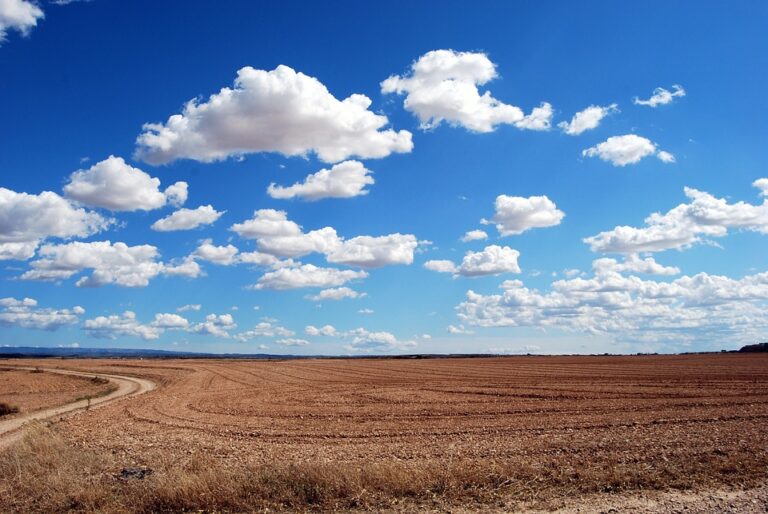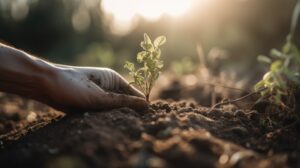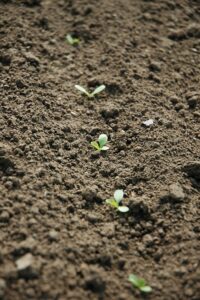A Farmer’s Guide to Sustainable Plowing and Sowing in Rekshino
If you are a farmer in Rekshino looking to improve your plowing and sowing practices for a more sustainable agricultural system, you’ve come to the right place. Sustainable agriculture is crucial for preserving the environment, maintaining soil health, and ensuring the long-term productivity of your land. In this guide, we will discuss some key strategies for sustainable plowing and sowing in Rekshino.
The Importance of Sustainable Plowing and Sowing
Plowing and sowing are essential practices in agriculture that have a direct impact on crop yields and soil health. Sustainable plowing and sowing practices aim to minimize the negative impact of tilling on the soil, reduce erosion, and improve soil fertility. By adopting sustainable plowing and sowing techniques, farmers can promote healthy soil ecosystems, increase crop yields, and mitigate the effects of climate change.
Choosing the Right Equipment
One of the first steps in sustainable plowing and sowing is choosing the right equipment. Selecting the appropriate implements for plowing and sowing can make a significant difference in the efficiency and sustainability of your farming practices. In Rekshino, where small-scale farming is common, farmers often use traditional plows and seeders. However, modern equipment such as no-till drills and conservation tillage implements can help reduce soil disturbance and minimize erosion.
Implementing No-Till Practices
No-till farming is a sustainable agriculture practice that eliminates the need for traditional plowing. Instead of turning over the soil, farmers plant seeds directly into untilled soil, leaving crop residues on the surface to protect the soil from erosion and retain moisture. No-till farming helps maintain soil structure, reduce erosion, and improve soil health over time. In Rekshino, where soil erosion is a significant concern, adopting no-till practices can help farmers preserve the quality of their land while increasing crop yields.
Integrating Cover Crops
Cover crops are a key element of sustainable plowing and sowing practices. Planting cover crops such as legumes, grasses, and clovers can help improve soil fertility, suppress weeds, and reduce erosion. Cover crops also provide habitat for beneficial insects and microbes, enhancing the overall health of the soil ecosystem. By rotating cover crops with cash crops, farmers in Rekshino can build soil organic matter, increase water infiltration, and reduce the need for synthetic fertilizers and pesticides.
Utilizing Crop Rotation
Crop rotation is another essential strategy for sustainable plowing and sowing. Rotating crops each season can help break pest cycles, improve soil structure, and enhance nutrient cycling. By diversifying the crops grown on their land, farmers in Rekshino can reduce the risk of disease outbreaks and improve the overall resilience of their agricultural system. Crop rotation also helps maintain soil fertility by balancing nutrient levels and preventing soil depletion.
Practicing Conservation Tillage
Conservation tillage is a sustainable plowing practice that minimizes soil disturbance while maintaining crop yields. In Rekshino, where erosion is a significant issue, conservation tillage techniques such as strip-till and ridge-till can help farmers protect their soil from erosion and reduce the loss of valuable topsoil. By leaving crop residues on the surface and minimizing tillage operations, farmers can promote soil health, increase water retention, and improve the long-term productivity of their land.
Monitoring Soil Health
Monitoring soil health is essential for sustainable plowing and sowing practices. By regularly testing soil samples for nutrient levels, pH, and organic matter content, farmers in Rekshino can make informed decisions about fertilization and crop rotation. Understanding the current state of their soil enables farmers to implement targeted strategies for improving soil health, reducing erosion, and enhancing crop productivity. By investing in soil testing and analysis, farmers can optimize their plowing and sowing practices for long-term sustainability.
In conclusion, sustainable plowing and sowing are essential practices for farmers in Rekshino looking to improve the productivity and resilience of their agricultural systems. By choosing the right equipment, implementing no-till practices, integrating cover crops, utilizing crop rotation, practicing conservation tillage, and monitoring soil health, farmers can promote healthy soil ecosystems, increase crop yields, and mitigate the effects of climate change. By adopting sustainable plowing and sowing techniques, farmers in Rekshino can build a more resilient and productive agricultural system for future generations.
